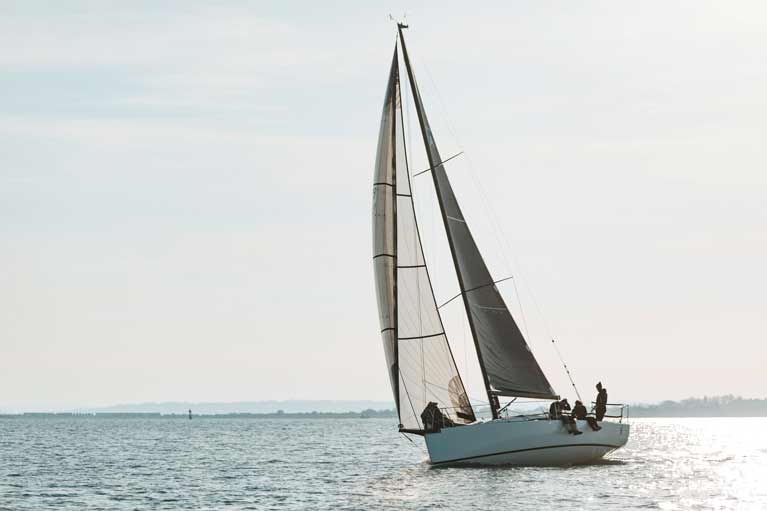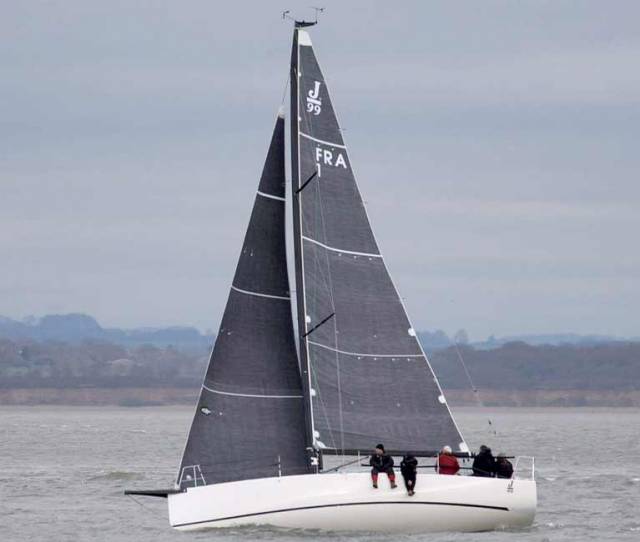Royal Irish Yacht Club skipper Andrew Algeo on why he has sold his national championship-winning J109 Juggerknot and replaced it with a brand new J99, Juggerknot 2.
Juggerknot has been the means to get a bunch of old friends out on the water together and it has worked a treat, most of the time.
Paul Nolan, Gary Haughton, Richard Knatchbull, Ben Cooke and I have sailed with or against each other in one combo or another in boats as varied as RS400s, SB20s, J/24s, Flying Fifteens, 1720s, Lasers and Enterprises going back to the 80s and since. But the activity levels had fallen somewhat in recent years and it was time to kick start our sailing - hence the J/109 in 2016.
 Juggerknot champions - the winning J109 crew at the 2018 national championship prizegiving at Howth were Richard Knatchbull, Shane Conneely, Gary Haughton, Paul Nolan, Ben Cooke, Joe Hughes, Rob O’Leary and Andrew Algeo (with trophy)
Juggerknot champions - the winning J109 crew at the 2018 national championship prizegiving at Howth were Richard Knatchbull, Shane Conneely, Gary Haughton, Paul Nolan, Ben Cooke, Joe Hughes, Rob O’Leary and Andrew Algeo (with trophy)
Juggerknot got us competing again together on the race track, learning a new discipline of sailing, socialising in the RIYC bar and most enjoyably allowed us to rope many others in so that we’re a much a bigger bunch of friends now in team Juggerknot. Add to that that the J/109 is probably the most competitive boat under IRC in these parts, as well as having its own one design scene, and really what could be better?
"There was not enough of us to get the boat to the start at the weekends"
The only fly in the ointment, albeit a sizeable one, is that we haven’t been able to sail as often as we’d like to. We have found that while the spring and early summer is great, there was not enough of us available to get the boat to the start line from mid-July to the end of Sept at the weekends. That’s 10 or more weekends out of a short season.
Juggerknot 2 is launched

Juggerknot 2 will be a J/99 which will suit us better. With an optimum crew number of 7 or 8 we’ll still get the large team out for regattas and every other time we can. Yet the J/99 is a few feet shorter, has smaller sails and is a good deal lighter than the J/109 so we’ll be able to give racing a shot when only 3 or 4 of us are available because the degree of physicality necessary to sail her is less.
"Our first sail will be for Spi-Ouest, La Trinité Sur Mer at Easter"
So we hope to sail more often in 2019, build the team further and race again in IRC1 which we enjoy so much. Our first sail will be near the J-Composites factory for Spi-Ouest, La Trinité Sur Mer at Easter. In at the deep end for sure, but bucket list stuff too...

























